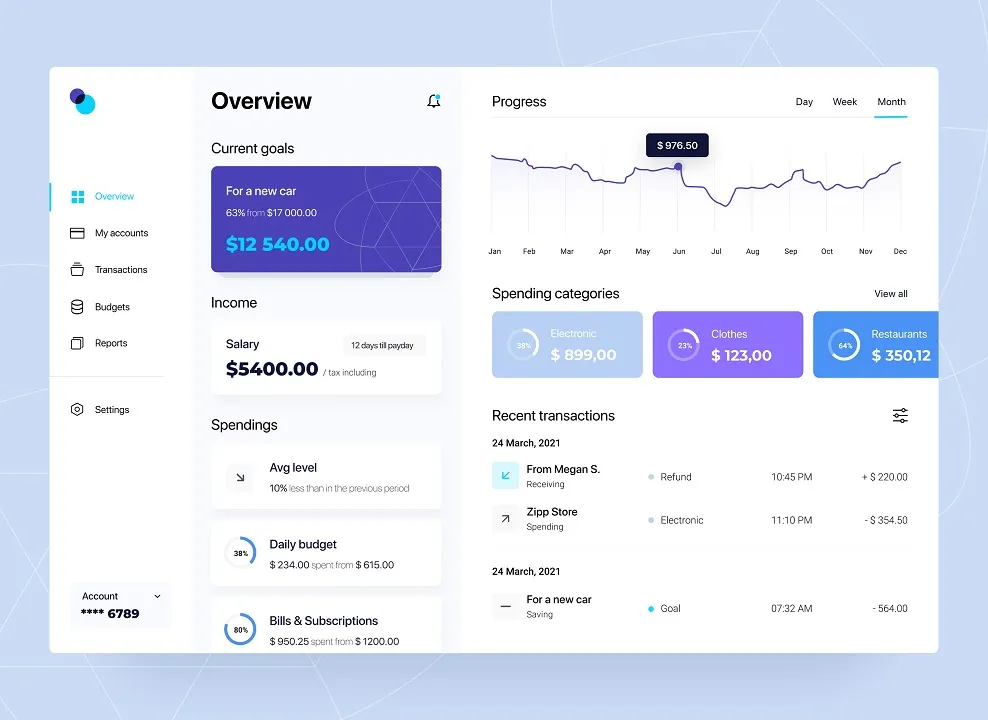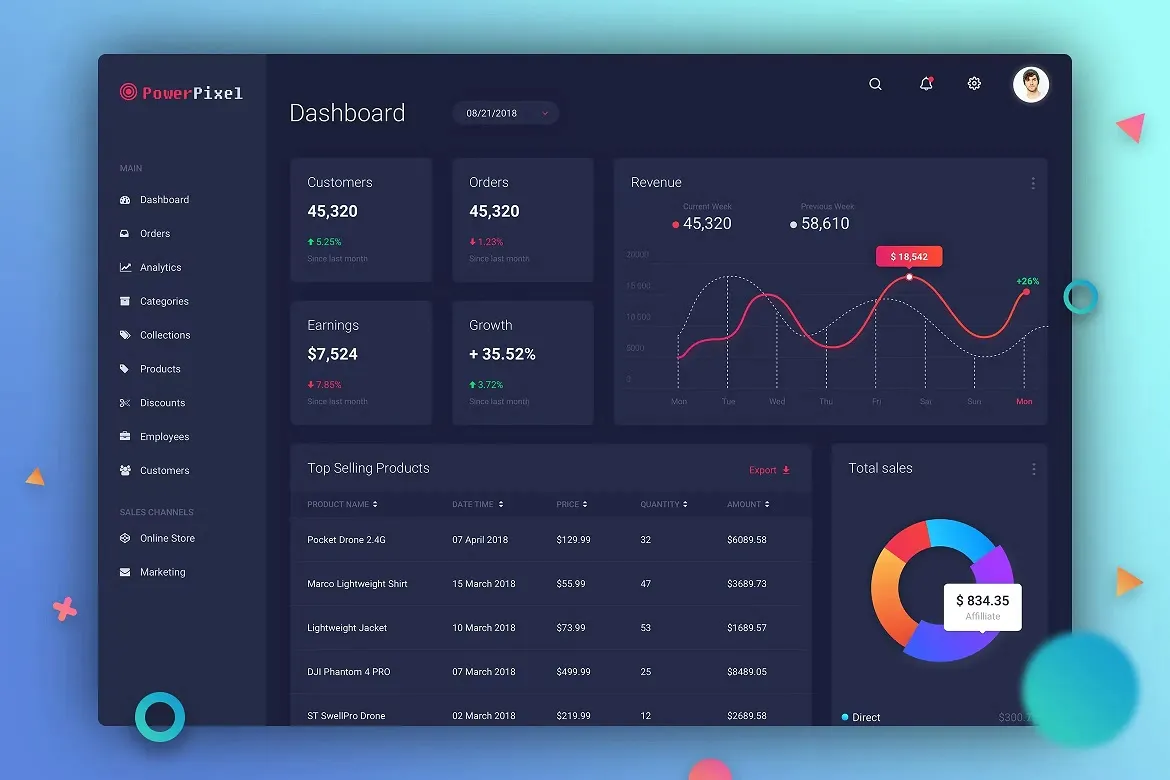Keep Your SaaS Design Successful

As the shift towards cloud-based solutions gains momentum, SaaS (Software as a Service) products have witnessed a surge in popularity. However, a SaaS product’s success hinges on more than just its functionality and features. The design of a SaaS product can prove decisive in determining its success or failure. This article delves into what constitutes the best design of a SaaS product and how to sustain its design success.
What is the Best Design for a SaaS Product?
The best design of a SaaS product should be user-centered, simple, and consistent. Here are some key elements that can contribute to a successful SaaS design:
- Effective SaaS product design places a high emphasis on the user. To achieve this, designers need to deeply understand the users, their objectives, and the pain points they experience. Conducting user research is a vital aspect of the design process to ensure that the product meets the needs of its target audience.
- Simplicity and intuitiveness are critical factors in designing successful SaaS products. A minimalist design that minimizes distractions can help users stay focused on their objectives and improve their productivity. A straightforward, uncluttered interface with intuitive navigation can help users grasp how to use the product quickly and efficiently.
- Consistency is a crucial aspect of SaaS design that cannot be overlooked. Consistency in design elements such as typography, color, and layout can create a consistent experience that users can easily recognize and become familiar with. Users should be able to move seamlessly between different product sections without feeling disoriented or lost.
- Accessibility is an essential consideration in designing SaaS products. The product must be accessible to everyone, regardless of their abilities or disabilities. To ensure that the product is accessible, designers must consider factors such as color contrast, font size, and keyboard navigation, as these elements can significantly impact the user experience for people with disabilities.
- By prioritizing user-centered design, simplicity, consistency, and accessibility, SaaS product designers can create easy-to-use, intuitive, and effective products in meeting users’ needs.
How to Keep Your SaaS Design Successful
- To maintain a successful SaaS design, it is crucial to consistently gather user feedback and use it to make necessary improvements. Analytics tools can be used to track user behavior and gain insights into how users interact with the product.
- SaaS design trends are ever-changing, and it is important to stay up-to-date with them to keep the product relevant and fresh. Integrating the latest design trends into the product can enhance its appeal to the user base.
- Performance is a critical factor in the success of a SaaS product. A slow or unreliable product can quickly lead to user dissatisfaction. To ensure optimal performance, the product’s performance should be optimized, and it must be responsive and stable.
- Despite a simple and intuitive design, users may still require training and documentation to utilize the SaaS product’s full potential. It is essential to invest in clear and concise training materials and documentation to help users efficiently master the product.
To have a successful SaaS product design, it’s crucial to have a professional and excellent design team. However, it may be challenging for small businesses or startups to afford one. In such cases, hiring a design agency specializing in SaaS design could be a viable option. Searching for a “design agency ” on Google can lead to several excellent design teams, for example, I found https://uitop.design/saas-design-agency/ and https://brixagency.com/saas-web-design, etc.
SaaS Design Trends
- Dark Mode
In recent years, dark mode has emerged as a popular design trend. It not only reduces eye strain but also enhances the readability of text and images, resulting in a sophisticated and contemporary look.
- Microinteractions
Microinteractions are subtle animations or visual feedback that occurs in response to user actions. They provide a more engaging and immersive user experience, enabling users to interact more efficiently with the product. - Responsive Design
As more users access SaaS products on mobile devices, responsive design has become increasingly important. By adapting to various screen sizes and resolutions, responsive design ensures that the product provides a seamless experience across all devices. - Voice Interfaces
Voice interfaces are becoming increasingly popular, especially for products used in hands-free environments like driving. Incorporating voice interfaces into SaaS products can make them more user-friendly and accessible.
Keeping up with the latest design trends is critical to the success of a SaaS product. It not only enhances the product’s visual appeal but also improves its functionality, making it more efficient and user-friendly.
Future of SaaS Design
- Artificial Intelligence (AI)
AI is already being used in a variety of ways to enhance SaaS products, such as improving search capabilities and providing personalized recommendations. As AI technology advances, it is likely to become an increasingly important aspect of SaaS design, enabling the creation of more intelligent and intuitive products. - Virtual and Augmented Reality (VR/AR)
As VR/AR technologies become more sophisticated, they have the potential to transform the way that SaaS products are designed and used. These technologies could enable users to interact with SaaS products in new and innovative ways, creating a more immersive and engaging experience. - Automation
Automation is already being used in many SaaS products to streamline repetitive tasks and improve efficiency. As automation technology becomes more sophisticated, it is likely to revolutionize the way that SaaS products are designed and used, creating more efficient and effective workflows.
Overall, the future of SaaS design is exciting and full of possibilities, with the potential to create even more innovative and user-friendly products. SaaS designers who stay up-to-date with the latest trends and technologies will be well-positioned to take advantage of these opportunities and create successful products for years to come.
Conclusion
In summary, a successful SaaS product design is focused on meeting the needs of the users, easy to use and understand, consistent, and accessible. To ensure continued success, it’s crucial to gather and incorporate user feedback, stay abreast of the latest design trends, prioritize performance optimization, and invest in comprehensive user training and documentation. By adhering to these principles, you can design and deliver a SaaS product that resonates with users and drives business success.